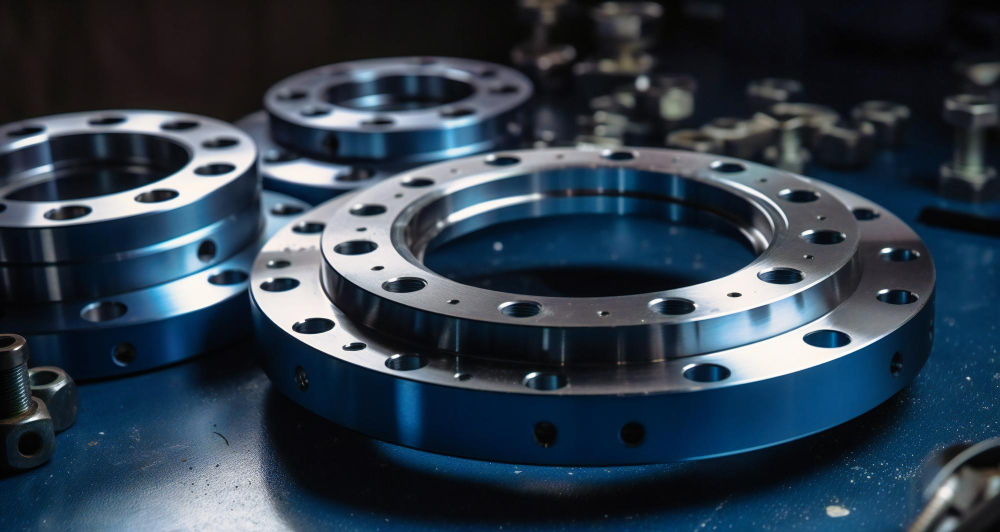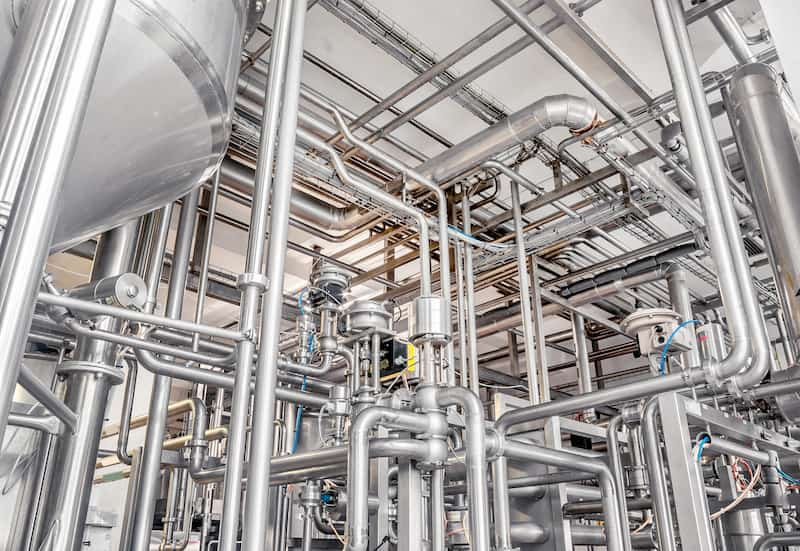
Industrial Hoses: Types And Uses
Hose Fittings: Understanding Industrial Hoses
When we consider piping and fitting as a whole huge spectrum, most of it is related to metals and steel. No doubt, these components contribute the best to the making, working, and sustaining of a device. However, the word ‘Industrial Hoses Fittings’ encompasses the borders of metals and refers to everything that isn’t just metal.
Going back to its basic understanding, hoses are hollow tube-like structures meant to carry fluids, liquids, and gases. These hoses are more than mere tubes; these are your transfer lines that carry forward the seamless transport of the matter. Available in different sizes, materials, and types, choosing the right hose at times overwhelms a set of manufacturers. Therefore, this is your ultimate guide to knowing when, where and how to incorporate industrial hoses for your industrial requirements.
Industrial Hose Fittings: Properties
These hose fittings hold a set of features and properties. It is also important to remember that these properties might differ according to the type of hose. Take a look at its various potencies and evaluate your needs with its diverse features.
- Flexibility: Industrial hose fittings are designed to be easily bent and maneuvered in diverse industrial settings.
- Durability: Constructed to withstand harsh industrial environments, hoses resist abrasion, impact, and exposure to chemicals.
- Pressure Resistance: Engineered to handle specific pressure ranges, making them suitable for high-pressure fluid or gas applications.
- Temperature Resistance: Hoses possess temperature-resistant properties, allowing effective operation in extreme heat or cold conditions.
- Chemical Resistance: Materials used in hoses provide resistance to various chemicals, ensuring compatibility with transported substances.
- Lightweight Construction: Certain hoses, especially those from PVC or polyurethane, are lightweight, facilitating easy handling and transportation.
- Anti-Static Properties: Hoses designed with anti-static properties dissipate electrical charges, reducing the risk of sparks in applications where static electricity is a concern.
- UV Resistance: Hoses may be formulated to resist damage from UV radiation, making them suitable for outdoor use.
- Corrosion Resistance: Hoses used in corrosive environments may be constructed from materials like stainless steel, resisting corrosion.
Types of Industrial Hoses and their Industrial Uses:
Here are the most commonly used industrial hoses. Each type comes in a different size, catering to different specifications. Therefore, it is important to look out for the type that best suits your industrial uses and needs.
- Blue Flat Hoses:
Typically made from PVC material, these blue-coloured flat hoses are designed for seamless transfer of liquids, water, and other fluids. Blue flat hoses also referred to as flat discharge hoses, are employed in industries like irrigation, agriculture, and other emergency-responsive realms like fire. As the name suggests, this is a flat hose, thereby enabling ease of storage and transport. Additionally, the colour blue helps it differentiate from the other industrial hose fittings, thereby representing the best suitability for potable water.
- Green Suction Hoses:
Green suction hoses are specialized hoses designed for suction (drawing in) applications, commonly used in industries such as agriculture, construction, and water management. The green colour helps identify and distinguish these hoses. Suction hoses are often used for transferring liquids, slurries, or solids from one location to another. They are constructed with materials that allow them to withstand suction forces and maintain flexibility, making them suitable for various pumping and suction applications. The green colour may be indicative of specific features, such as suitability for agricultural use or compatibility with certain types of fluids.
- Rubber Air Hoses:
These hoses are typically used in the piping and fitting industry to convey and transport compressed air in different industrial verticals. The name itself says that these are made using rubber, ensuring enhanced flexibility and durability. Rubber air hoses are commonly used in pneumatic systems, construction sites, workshops, and industrial settings where a reliable and robust air supply is essential. Also note that these types of hoses are available in varied sizes and configurations, and it is important to keep in mind their application needs and air pressure requirements whilst buying one.
- Steel Wire Hoses:
Steel wire hoses, also known as wire-reinforced hoses, are flexible tubes reinforced with steel wire braids or spirals to enhance their strength and durability. These hoses are commonly used in applications where high-pressure, vacuum, or heavy-duty performance is required. The steel reinforcement provides resistance against crushing, kinking, and external mechanical forces. Some examples of these include Hydraulic hoses, suction and discharge hoses, steam hoses, etc.
In Conclusion:
In conclusion, industrial hose fittings serve as versatile conduits crucial for diverse applications. From conveying fluids under high pressure in hydraulic systems to facilitating suction and discharge processes, these hoses come in various types designed to meet specific industrial needs. Their reliability, flexibility, and durability make them indispensable components in sectors ranging from construction and agriculture to manufacturing and beyond.
In case the selection process befuddles you, contact the best supplier of industrial hoses in UAE – Alkun Steel. We help you select the right hose, aligning its advantages with your industrial needs.
Related Articles
Brass Vs. Aluminium Camlocks: Choosing The Right Material For Your Application
Read MoreExploring the expansion of steel production in GCC and other emerging nations
Read MoreHow Structural Steel Helped The Majestic Architectures Around The World - Part 3
Read MoreHow Structural Steel Helped The Majestic Architectures Around The World - Part 2
Read MoreHow Structural Steel Helped The Majestic Architectures Around The World - Part 1
Read MoreAllowable & Galvanized Iron Pipe Fittings – Trusted Name For All The Pipe Fitting Needs
Read More


































































































































































